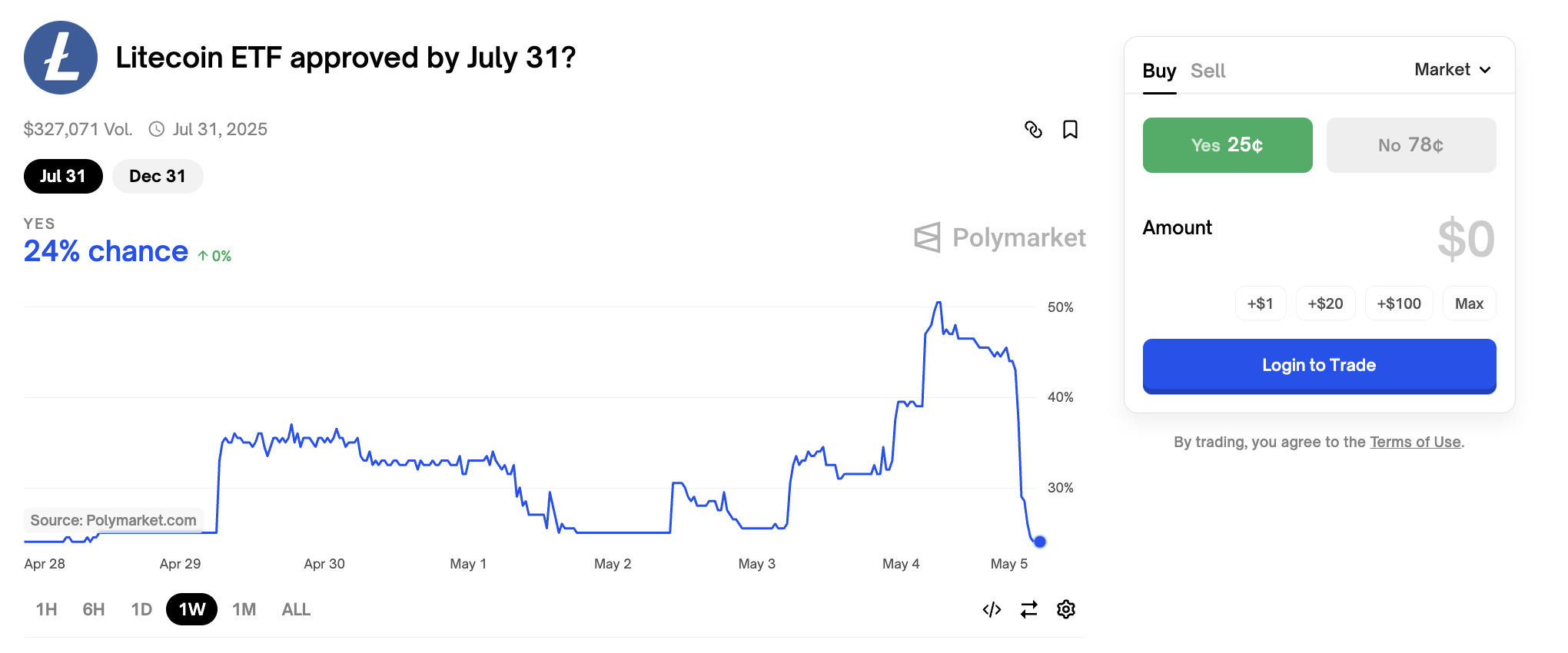September 2024 saw unexpected growth in U.S. retail sales, casting a shadow over the prospects for a Federal Reserve (Fed) rate cut. The rise in consumer spending, coupled with a surprising dip in jobless claims, has ignited a momentary boost for the economy and the cryptocurrency market. Meanwhile, across the Atlantic, the European Central Bank (ECB) made headlines with its third rate cut of the year, aimed at addressing a weak growth outlook and inflation concerns. As these economic indicators unfold, they create a complex backdrop for digital assets like Bitcoin and Ethereum.
Strong Retail Sales Cloud Fed Rate Cut Outlook
Recent data indicated that U.S. retail sales soared beyond expectations, prompting discussions about the Fed’s upcoming rate decisions. With jobless claims falling to 241,000—well below forecasts—investors are grappling with mixed signals about the economy’s momentum. While stronger retail sales could suggest resilience, they also raise questions about the Fed’s potential for easing rates during its December meeting. The uncertainty was further compounded by a disappointing industrial production report, which clouds the overall economic outlook.
As the S&P 500 opened higher on this news, the optimism felt fragile, with analysts cautioning that these trends may not sustain. Despite these bright spots, U.S. Treasury yields climbed, with the 10-year yield rising over 5 basis points to 4.071% and the 2-year yield inching up to 3.993%. Higher Treasury yields generally entice investors towards traditional assets, thereby dampening the appeal of riskier investments, including cryptocurrencies.
ECB Cuts Rates, Sees Optimistic Inflation Outlook
In Europe, the ECB followed suit with a key interest rate cut to 3.25%, its third reduction this year. This decision reflects an acknowledgment of weakening economic conditions and an easing of inflationary pressures. ECB President Christine Lagarde emphasized that the disinflation process was “well on track,” marking the most optimistic outlook during this cycle.
Interestingly, inflation in the eurozone slowed to 1.8% in September, dipping below the ECB’s target of 2% for the first time in three years. However, the central bank remains cautious, warning of potential temporary spikes that could push inflation above target levels. Unlike the Fed’s more aggressive cuts, the ECB opted for a conservative 25 basis point reduction, suggesting a more measured approach to monetary policy.
Crypto Market Reaction – Stalled Despite Rate Cuts
Despite favorable conditions from the ECB’s rate cut, the cryptocurrency market has not responded positively. September’s strong retail sales and a decrease in U.S. jobless claims indicate ongoing economic resilience, which has contributed to a rise in Treasury yields. This shift toward traditional investments creates a challenging environment for crypto, as demand for alternative assets wanes amid concerns over the sustainability of economic recovery.
Lower interest rates typically support growth and may eventually benefit digital assets. However, the current uncertainty surrounding future Fed policies casts a cautious tone for investors. As the market grapples with these mixed economic signals, temporary downward pressure on crypto prices is expected.
Looking ahead, the potential for a rebound in the cryptocurrency market hinges on forthcoming economic indicators aligning with expectations of continued U.S. Fed rate cuts. If inflation shows signs of further decline in both the U.S. and the eurozone, we may see a renewed interest in digital assets. For now, investors remain in a wait-and-see mode, navigating through a complex landscape of mixed signals and economic uncertainties. As always, the interplay between traditional financial markets and cryptocurrencies will continue to be closely watched in the coming months.
In conclusion, while recent data may provide a temporary boost to the economy, the implications for the crypto market remain uncertain. Investors should remain vigilant as they assess how evolving economic conditions will shape the future of digital assets.



 Learn more at OptimusZ7 Official
Learn more at OptimusZ7 Official 


